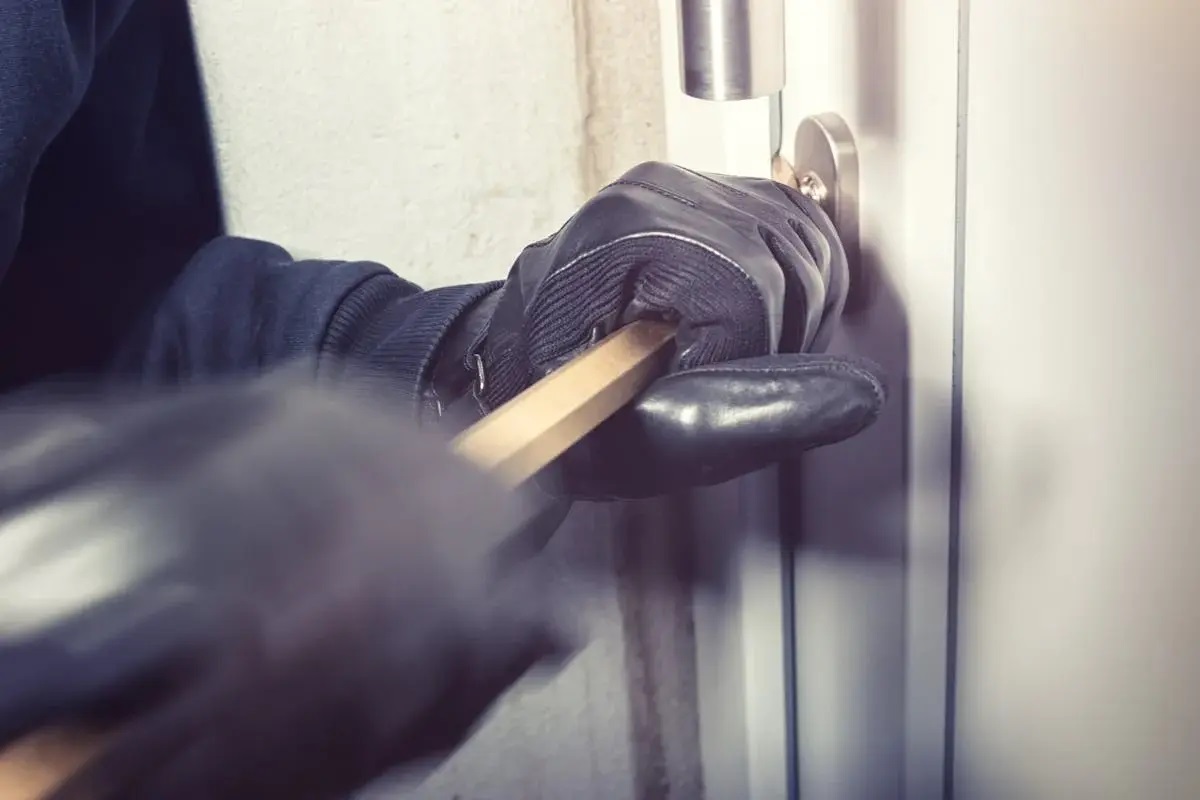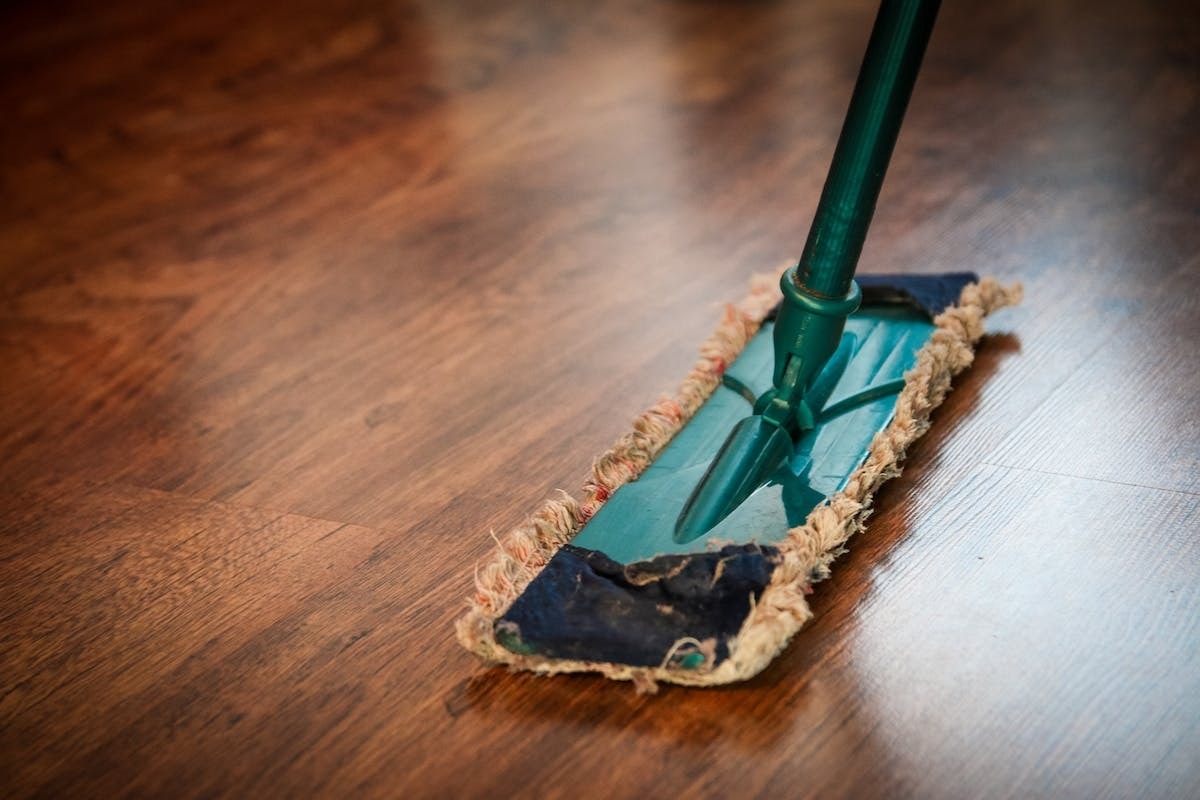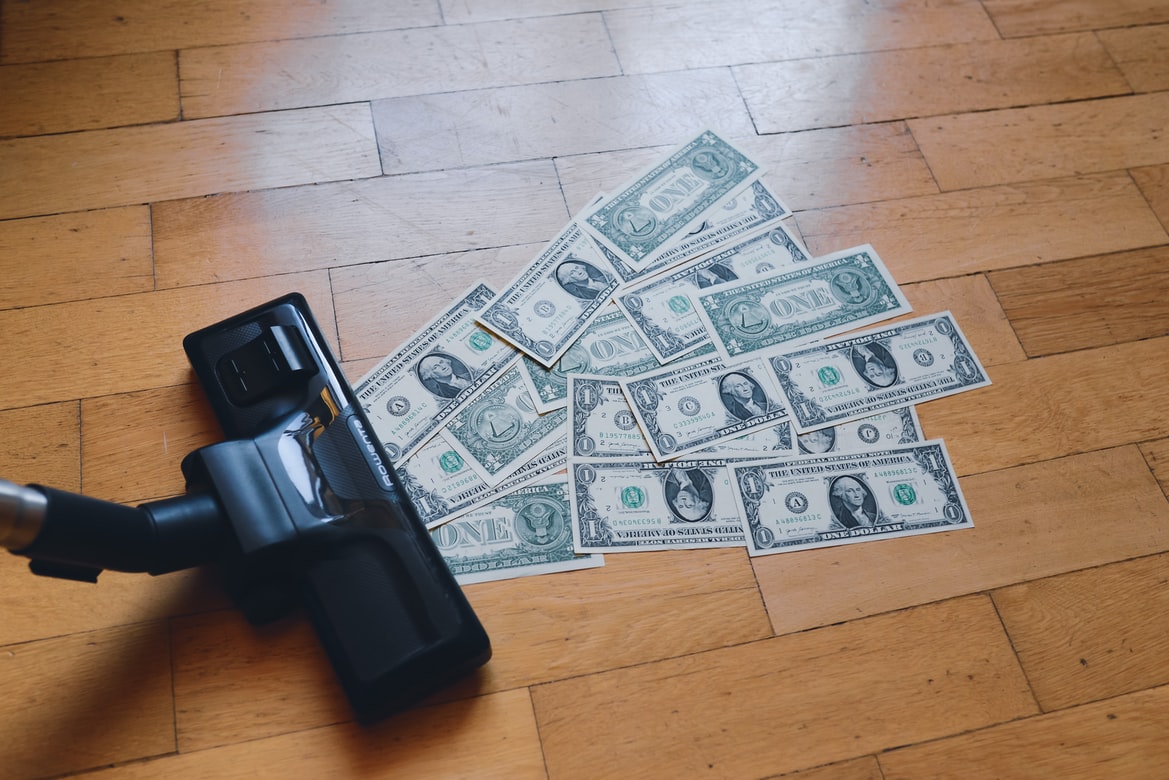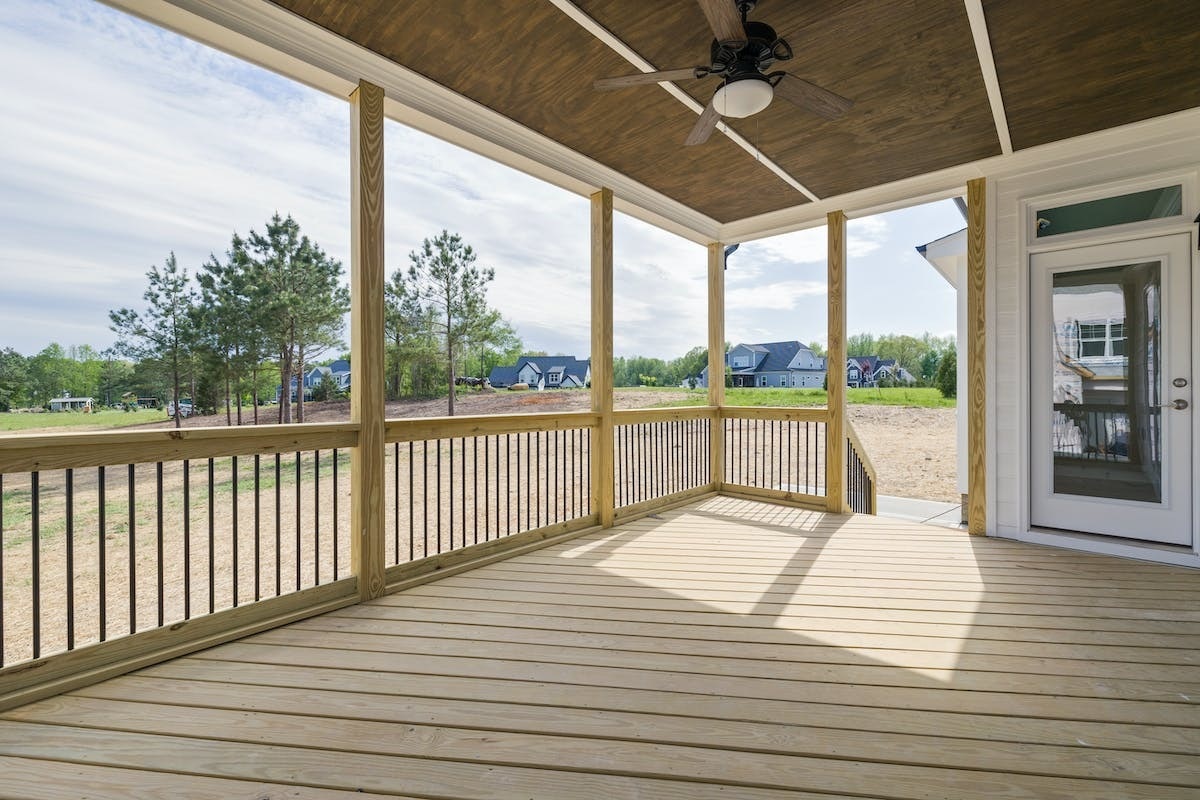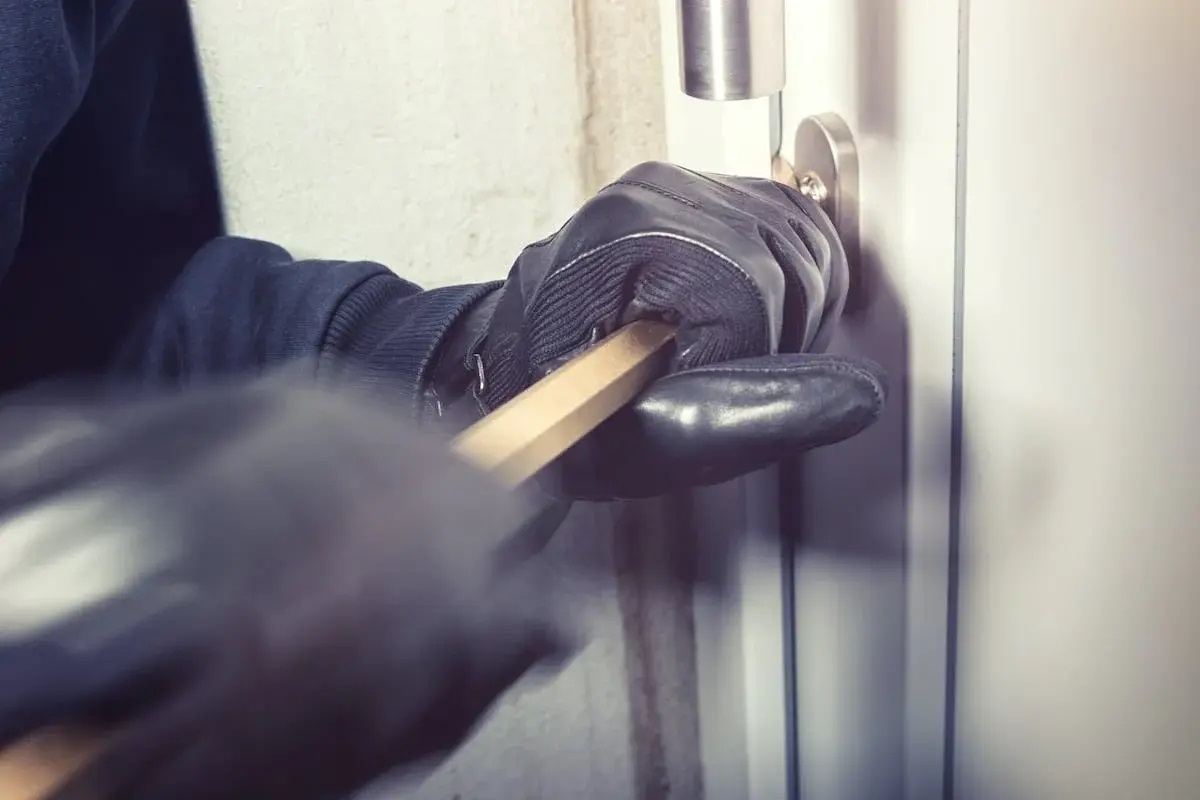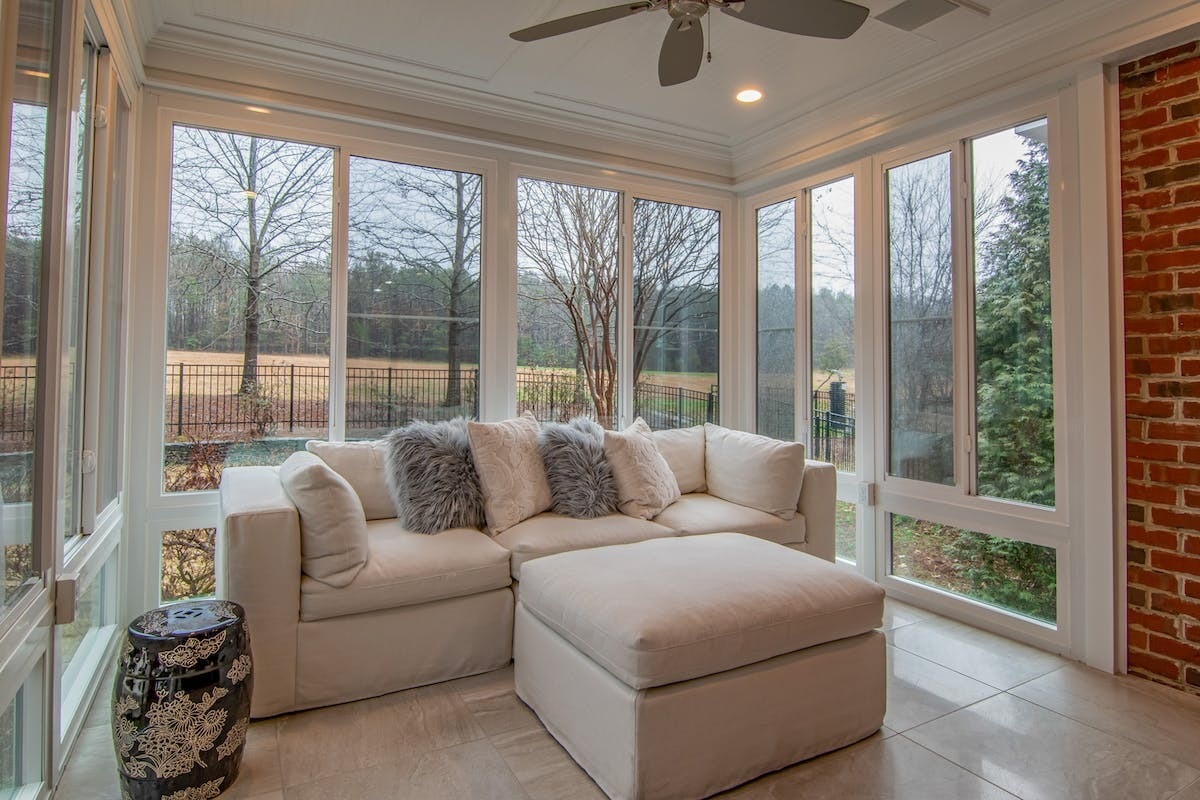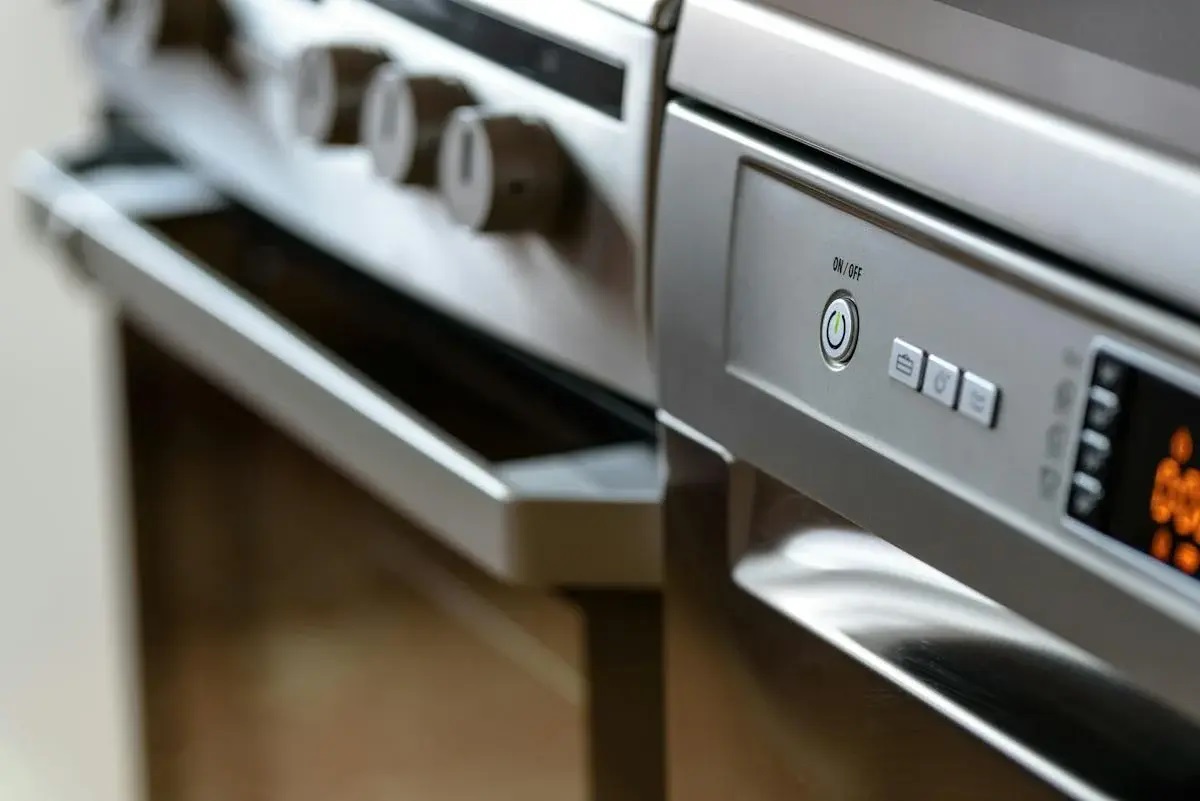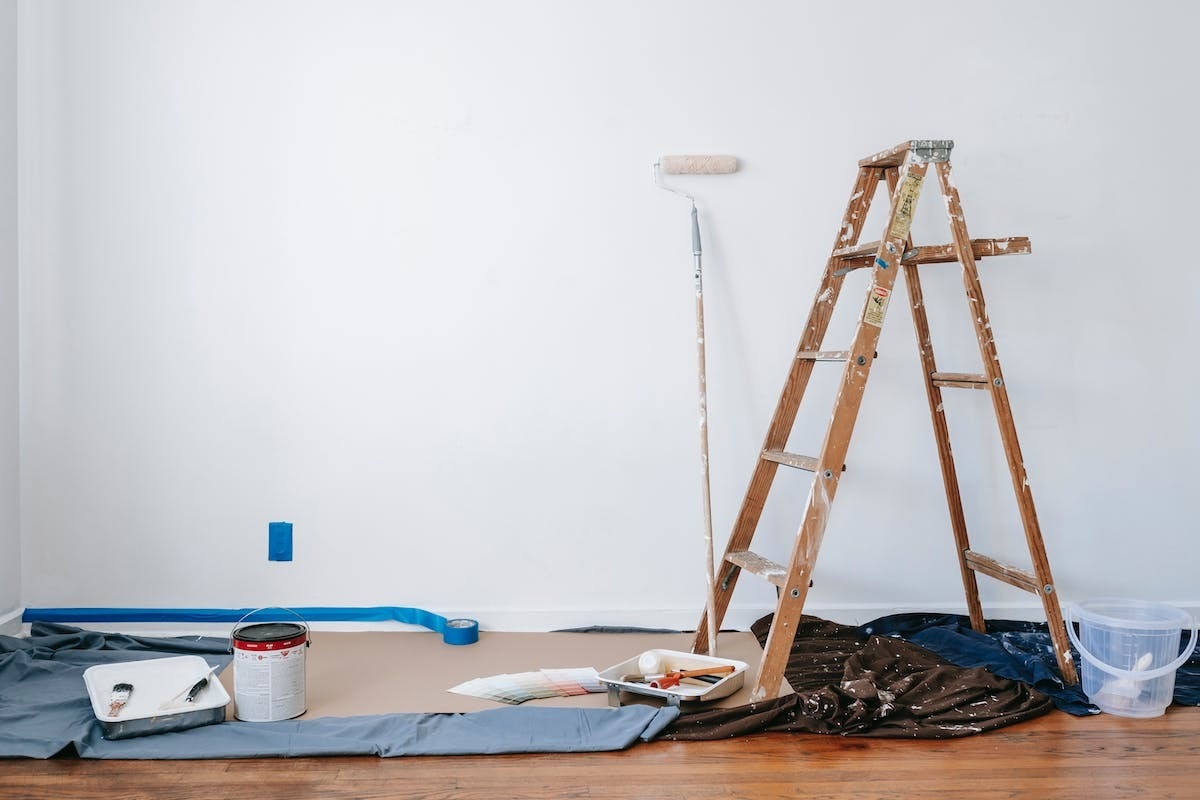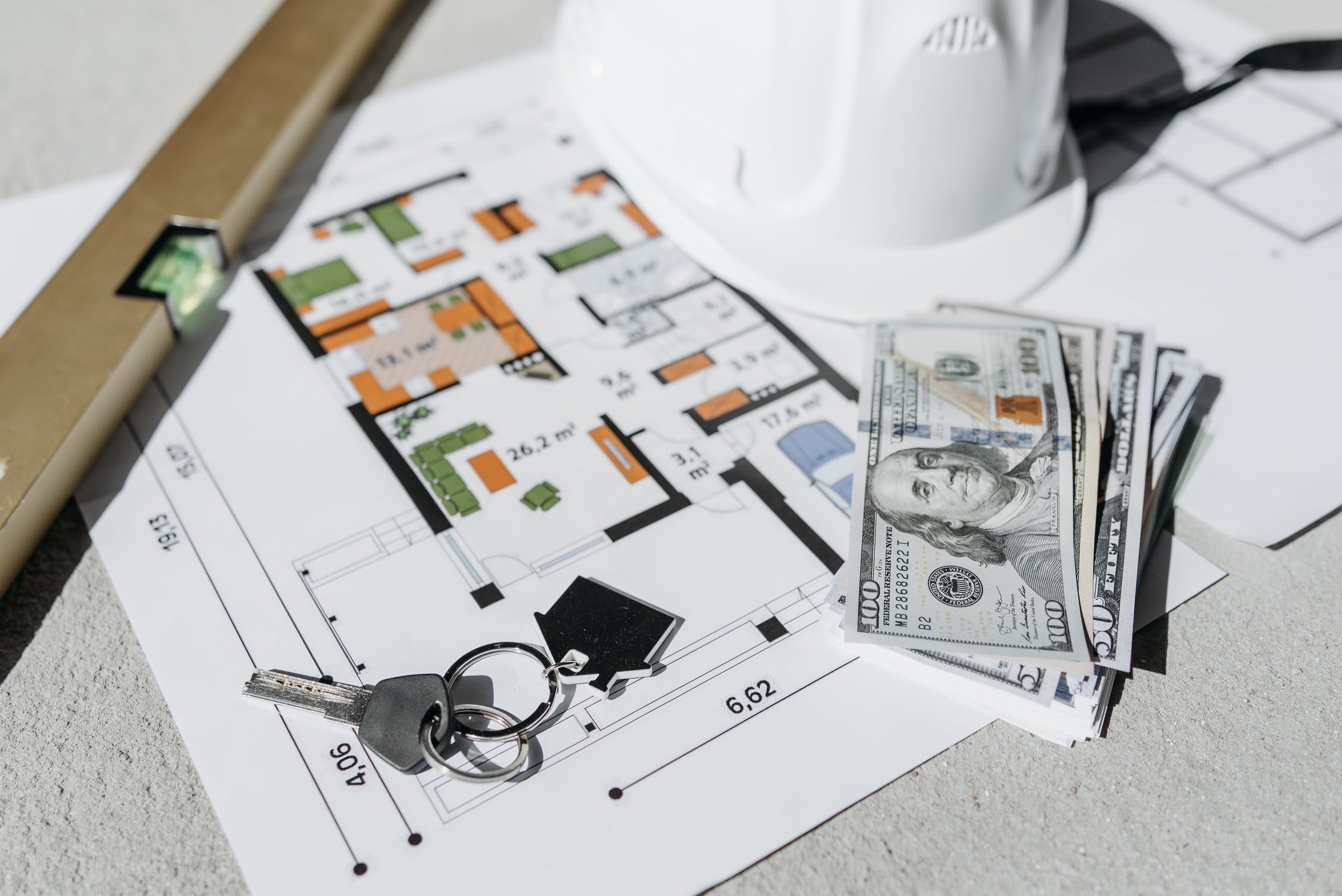
Bought a house: Now what?
___
Published Date 1/26/2024
If you’re one of those fortunate souls who heard the words “on record” and collected the keys and garage remotes to your new home, congrats! You overcame obstacles many could not scale to achieve the American dream. And instead of a fear of monthly or yearly rent increases, you now have a fixed house payment and can begin building equity.
So what are the first things you should do? Realtor’s Clare Trapasso says you might be itching to take down a non-load-bearing wall and start redecorating. But she also says there are a few more practical (okay — less fun) things to do first and offers a few suggestions.
First, say hello to your neighbors—? How about that cup of sugar you might need someday? Some reliable eyes to watch your house while you’re gone? Or just people who already know the neighborhood? These folks are likely aware of any problems and quirks in your shared building/complex/block, can assist in a pinch, and know which homes have children around the same age as yours.
“They are also an excellent source of recommendations,” says Trapasso. “Need a plumber or a roofer? They might have great field-tested suggestions of whom to call—and whom to avoid. Plus, it’s nice to get that invitation to the backyard barbecue or summer soiree.” So wave hello, offer a big smile, and introduce yourself the next time you see your neighbors.
Next, brush up on the regulations that might govern your neighborhood. Before you paint the exterior of your home a new color, add a new bathroom, or put up a tall pergola, you should be aware of local regulations. “These can be the rules of your building or complex, homeowners association, town or city, county, or a combination of the above,” says Trapasso. “Historic designations might also restrict how new homeowners can alter their properties.” She adds that those who decide to ask for forgiveness instead of permission—could be hit with stop-work orders, hefty fines, and the prospect of having to rip out all of those improvements when it comes time to put the home on the market — if not sooner.
She also says to keep in mind that local regulations are truly local. One neighborhood over may not be as strict as yours and others might be semi-police states, fining you for putting out the trash on the wrong day. So if you didn’t go over your HOA covenants, conditions, and restrictions, or CC&Rs before buying your home, do it now.
Now that you’re a homeowner, you’ve got street creds. That means you may now need a lawn mower, a rake, a snow shovel, hose lines for front and back, and all manner of tools you never needed before when you could pick up the phone and call the superintendent. It may not be as fun to shop for ladders as it is for a new sofa, but that boring ladder might come in handy if you need to clean out the gutters or trim some tree branches.
Get real on what you can and can’t do. People showing how to DIY on YouTube are often handy to begin with. It’s one thing to attempt fixing a clogged drain on your own. It’s quite another to attempt to rewire your home after watching videos. It’s easy to replace the handles on cabinet doors, but a whole other ballgame to repair tiles on your roof. Plus, even trying could cost you a whole lot more than if you’d just called in the professionals from the start.
Trapasso advises that you try out your DIY chops on the small stuff and work your way up to larger projects over time. Home ownership is indeed a journey. Now is the time to put together a roster of professionals you can call in a pinch rather than wait for an emergency to strike. “You don’t want to frantically be Googling plumbers after a pipe explodes,” she says. “You also probably won’t care so much about how many stars customers awarded them or their reputation for quality and value in those moments.”
Rainy day savings have nothing on maintenance and repair costs when things go wrong. The numbers for an electrical or plumbing job are always higher than you’d prefer. “Even if your property passed your home inspection with flying colors, appliances are going to die a sudden death, boilers will need to be serviced, and the roof will eventually need to be replaced,” says Trapasso, who says experts recommend homeowners put aside 1% to 4% of the value of their home every year to cover maintenance and repairs — or more. “Take however much you thought home maintenance and repairs would cost, and then double that number. If you live in an expensive area, triple it.”
Now you’ve got all that behind you, you can price that big screen TV at last.
Realtor, TBWS
All information furnished has been forwarded to you and is provided by thetbwsgroup only for informational purposes. Forecasting shall be considered as events which may be expected but not guaranteed. Neither the forwarding party and/or company nor thetbwsgroup assume any responsibility to any person who relies on information or forecasting contained in this report and disclaims all liability in respect to decisions or actions, or lack thereof based on any or all of the contents of this report.
View the full disclaimer and licensing details at https://homemac.com/mortgage-banker-disclaimer.


David D'Angelo
HMAC Social Media Manager
NMLS: HMAC #1165808
Home Mortgage Alliance Corporation (HMAC)
4 Hutton Centre Dr, Santa Ana CA 92707
Company NMLS: 1165808
Office: 800-900-7040
Cell: 310-980-7157
Email: info@homemac.com
Web: https://homemac.com

David D'Angelo
___
HMAC Social Media Manager
NMLS: HMAC #1165808
Cell: 310-980-7157
Last articles
___

When a gambling addiction affects ‘home sweet home’
4/26/2024
It’s the nightmare we think only happens in the movies. “We have to pack,” says ... view more
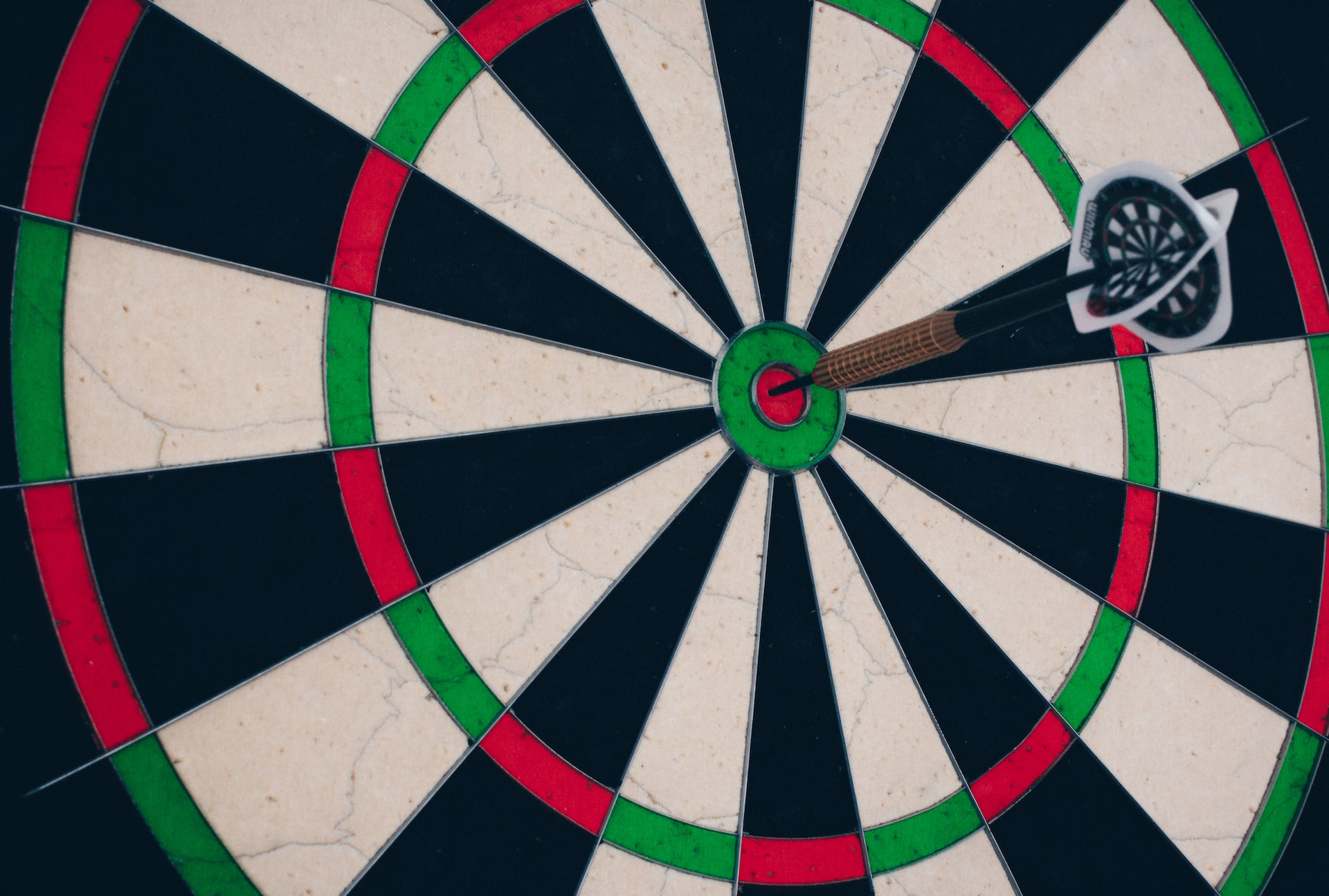
Markets find relief as March PCE meets expectations
4/26/2024
Yesterday the release of the advance Q1 GDP sent rates up and MBS prices lower. ... view more
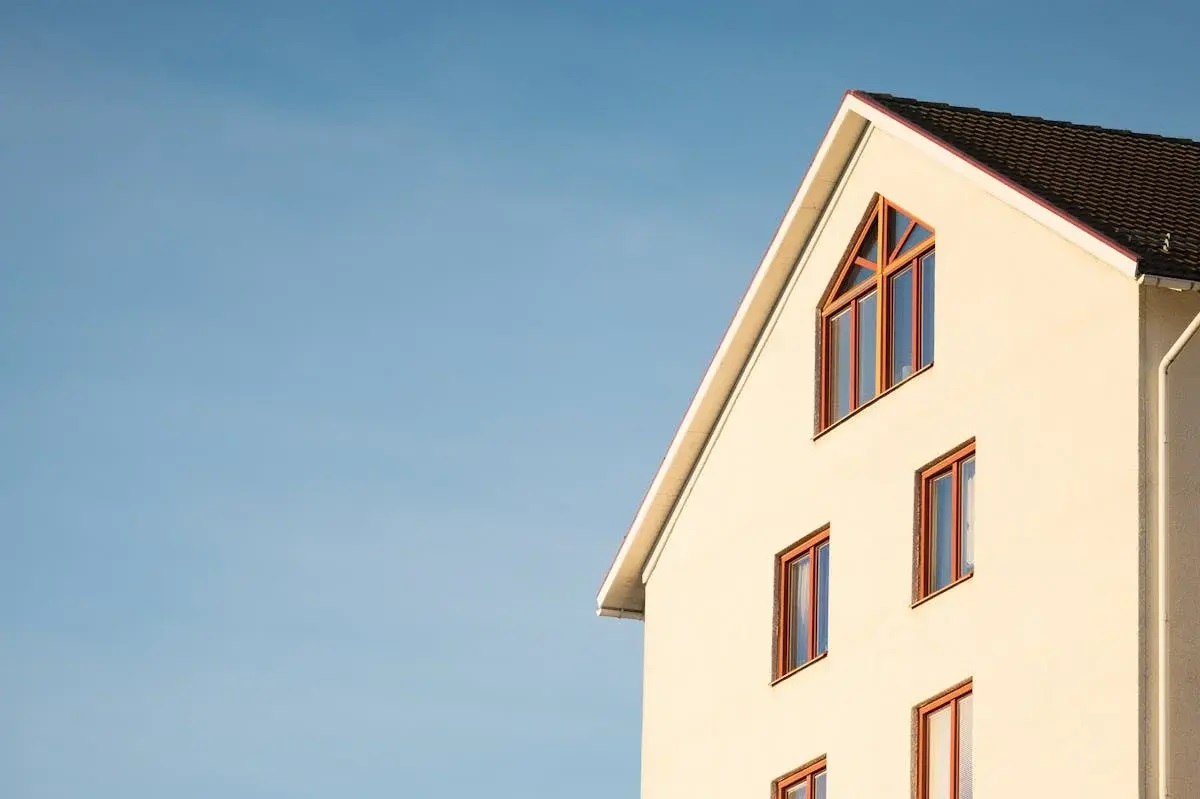
Choosing new exterior paint colors for your home
4/25/2024
When it comes to curb appeal, there are things you can do to update your house. ... view more

March durable goods orders exceed expectations even as February’s orders revised significantly lower
4/24/2024
March durable goods orders expected +2.3%, increased 2.6% but February orders we... view more

Ushering ‘porch birds’ to a different locale
4/23/2024
You may see it as a sign of good luck when a wild bird or two visits your porch.... view more

The Richmond Fed Manufacturing Index met expectations
4/23/2024
We will get the high-frequency S&P Markit MFG and Services PMI at 9:45 am ET. Bo... view more
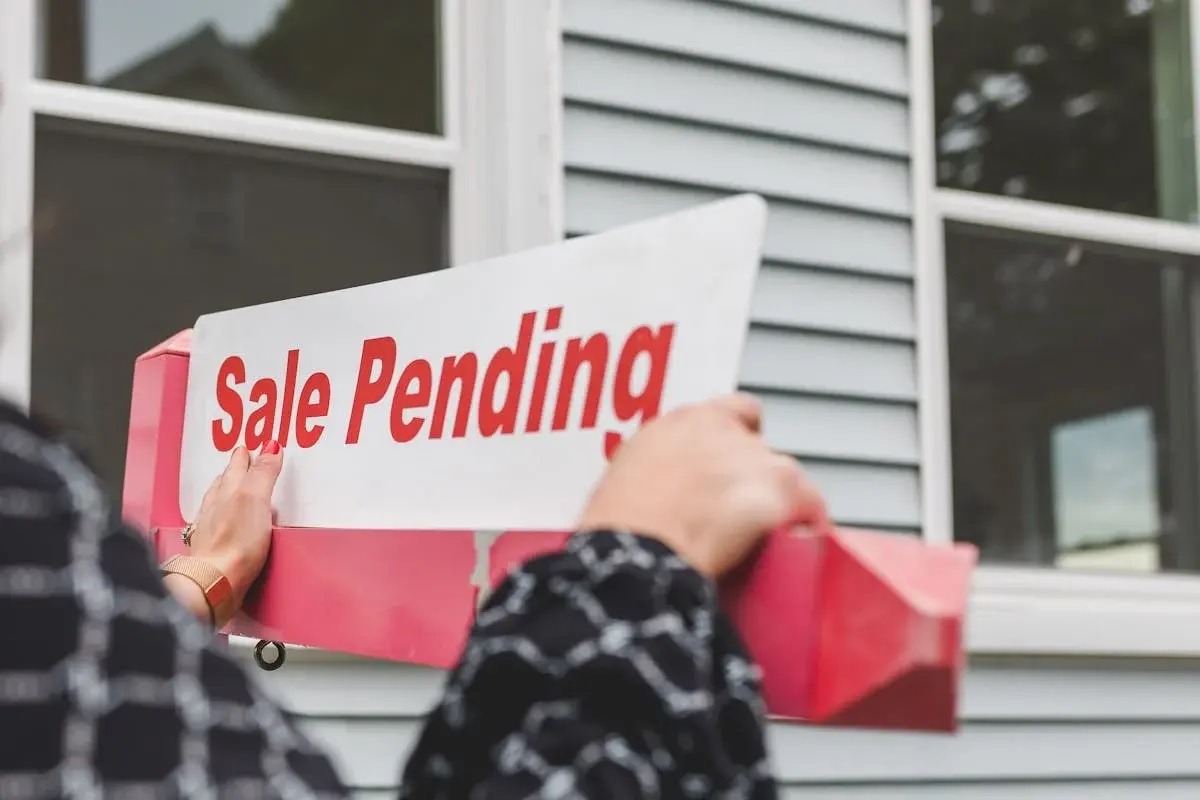
Never underestimate the value of professional real estate agent representation
4/22/2024
Click the link; buy a sofa. Click on another; buy a pergola for your backyard...... view more

The PCE data on Friday will dominate market news
4/22/2024
The 10 year note at 8:30 am ET improved from overnight levels, at 8:30 am 4.64% ... view more
Load more
 Home Mortgage Alliance Corporation (HMAC)
Home Mortgage Alliance Corporation (HMAC)









